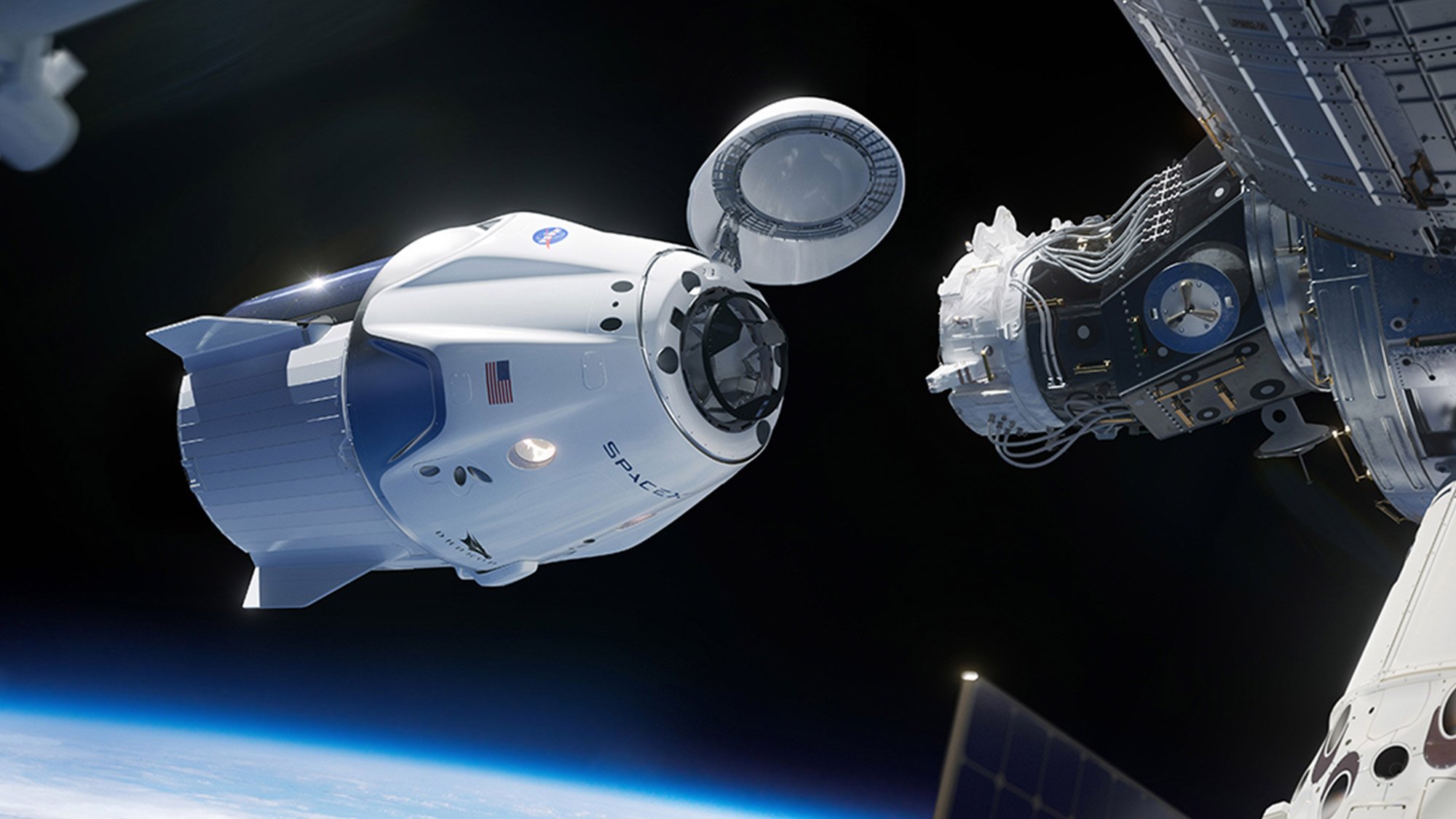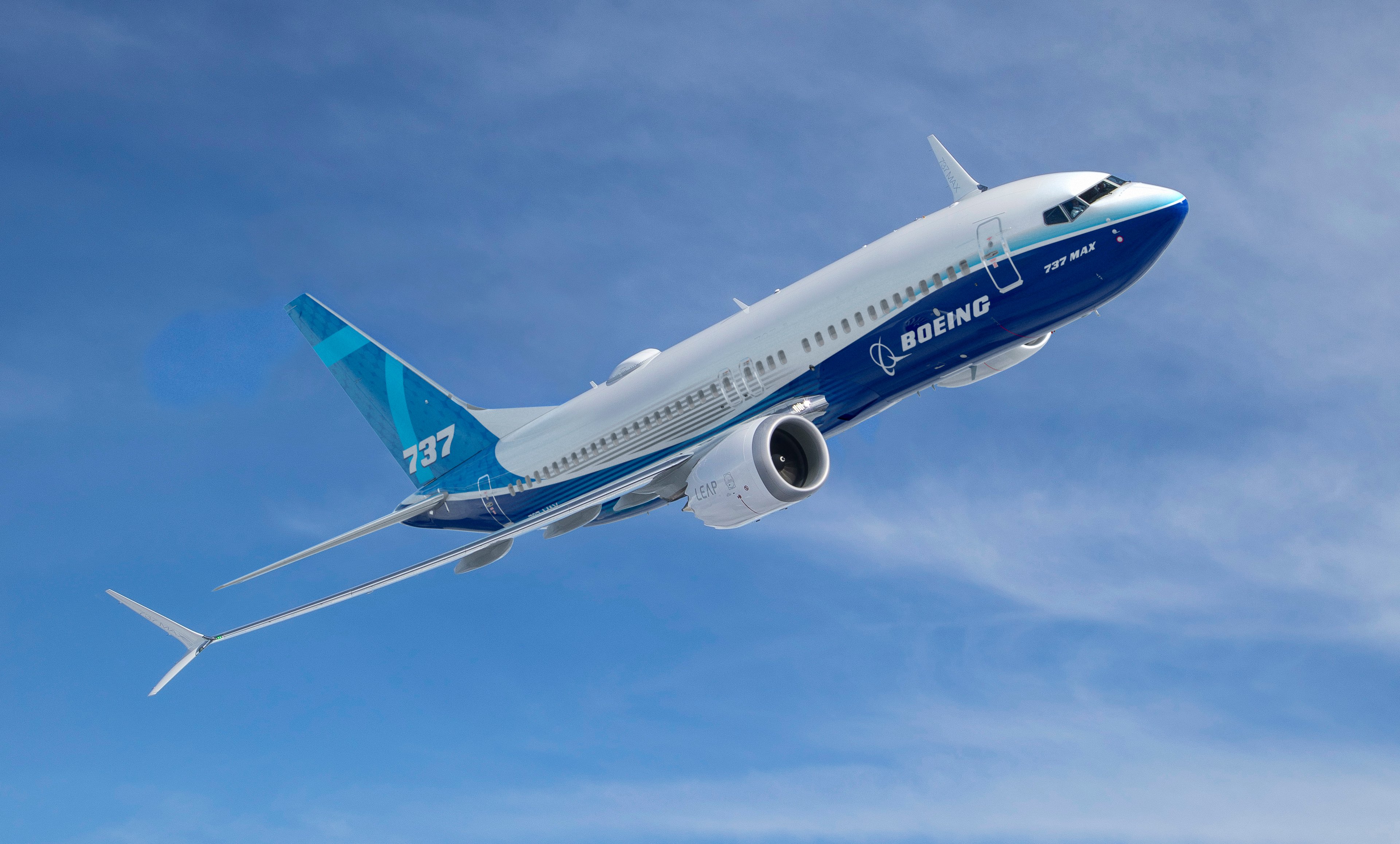Alaska Air (ALK 0.55%) officially completed its acquisition of smaller rival Virgin America last month. However, the hard work of integrating the two carriers is just beginning. Moreover, Alaska's management faces a tough decision right now about whether or not it should keep the Virgin America brand going forward.
Virgin America has a devoted following, particularly in the San Francisco area. On the other hand, running two airlines side by side is costly and inefficient. Alaska's ultimate decision could have a big impact on Boeing (BA +0.46%), as it represents a key opportunity for the Boeing 737 MAX to gain share against the faster-selling Airbus (EADSY 0.49%) A320neo.
Alaska Air mulls its options
Upon announcing the proposed acquisition of Virgin America last year, Alaska Air executives said that the combined airline would be called Alaska Airlines. That wasn't very surprising, as Alaska was more than three times the size of Virgin America.

Alaska Air originally planned to phase out the Virgin America brand. Image source: Alaska Airlines.
However, many loyal Virgin America customers are very upset about the prospect of losing their favorite airline. As a result, Alaska Air started to reconsider its plan to retire the Virgin America brand.
On the positive side, Virgin America earns a revenue premium thanks to its strong reputation. It has an established presence in San Francisco and Los Angeles, providing a good platform for future growth.
That said, keeping the Virgin America brand around forever would be extremely expensive. For example, it would mean giving up the advantage of a single fleet type. Alaska would also have to advertise for two different airlines. Finally, Virgin America already has higher unit costs than Alaska Air, because it has to pay 0.7% of its revenue to the Virgin Group to license the Virgin brand and because its luxurious first class section reduces the number of seats it can fit on each plane.
Alaska Air's management has said that deciding what to do with the Virgin America brand requires months of analysis. Thus, Alaska probably won't make any announcements when it reports earnings next week; a final decision is likely to come a few months from now.
Decision ahead
Today, Alaska Air's mainline fleet consists exclusively of Boeing 737s, while Virgin America uses only Airbus A320 family aircraft. Alaska Air could capture meaningful efficiency benefits by moving back to a single fleet type over time.
At the end of 2018, Alaska expects to be operating 160 Boeing 737s, including its first few 737 MAX aircraft. Meanwhile, Virgin America would have 73 Airbus aircraft. Thus, if Alaska Air chooses to standardize on one aircraft type, it will almost certainly be the 737.

Virgin America will have 73 airplanes by the end of 2018. Image source: Virgin America.
Furthermore, it would be relatively easy to dispose of the Virgin America fleet. 53 of its Airbus A319s and A320s are leased. Half of those leases expire between 2020 and 2022. It will take until at least 2020 to fully integrate the two companies, so Alaska Air could just let these leases expire naturally. The other 27 leases all expire by 2025, so it shouldn't be too expensive for Alaska Air to terminate them in the early 2020s.
Virgin America owns 10 relatively new A320s, but Boeing would probably accept those planes as trade-ins to seal a big 737 order. It is also taking delivery of 10 leased A321neos over the next two years. Since the A321neo is an in-demand model, there will be plenty of other takers if Alaska Air decides not to keep those planes. Finally, Virgin America can cancel all of its remaining Airbus orders for a maximum penalty of $26 million.
It's a big deal for Boeing
If Alaska Air chooses to phase out the Virgin America brand over time and standardize on the Boeing 737, Boeing will win lots of incremental 737 MAX orders in the coming years.
As of the end of December, Alaska Air had 49 firm orders for Boeing 737s for delivery between now and 2022. By itself, that's just enough to allow Alaska to replace its last handful of 737 Classics over the next year and to reach the bottom end of Alaska Airlines' projected long-term 4% to 8% growth rate through 2022.
To replace Virgin America's 73 Airbus aircraft and provide for annual growth of 5% to 6%, Alaska Air will need to order about 100 more Boeing 737s for delivery by 2022. Over the following five years, Alaska Air would need roughly 100 additional 737 MAX aircraft to provide for 5 to 6% annual growth and to replace its oldest remaining 737s.

Alaska Air may need to order at least 100 Boeing 737 MAX aircraft if it wants to return to operating a single fleet type. Image source: Boeing.
Global aircraft order activity has slowed down in the past couple of years. In 2016, Boeing received 668 net orders -- down by more than 50% from 2014. Meanwhile, Boeing is just getting started with ramping up jet production. In this context, the possibility of receiving a 100-aircraft order from Alaska Air in the next year or so -- with a potential follow-up order in the wings -- is an opportunity that Boeing doesn't want to miss.








